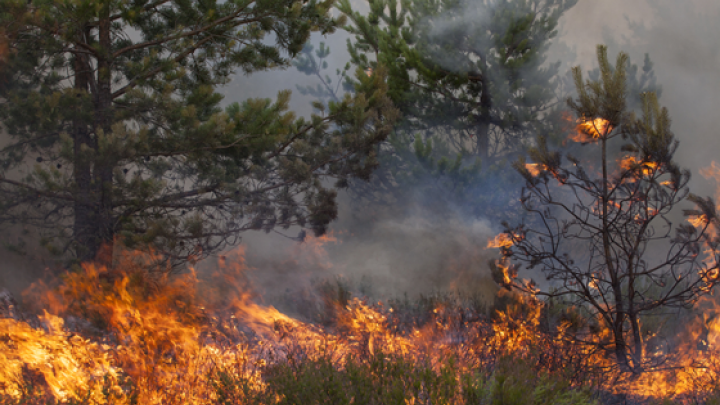(RxWiki News) With recent wildfires raging through countless acres of land in California, it's more important than ever to know how you can remain safe and healthy in the event of a wildfire.
Wildfire smoke is a combination of gases and fine particles from burning vegetation, building materials and other materials. Children, the elderly, pregnant women, and those who have respiratory and heart conditions may be more likely to get sick if they breathe in wildfire smoke. However, wildfire smoke can harm everyone — no matter how healthy they are.
Breathing in smoke can lead to coughing, trouble breathing, eye stinging, scratchy throat, runny nose and irritated sinuses. Serious health effects of smoke inhalation include the following:
- Shortness of breath (wheezing)
- Chest pain
- Headaches
- Asthma attacks
- Tiredness
- Fast heartbeat
Protect Yourself from Smoke
If possible, limit your exposure to smoke. Be sure to pay attention to local weather forecasts, news or health warnings about smoke in your area. In addition, make sure to follow instructions given by local emergency management officials and take extra safety measures, such as avoiding spending time outdoors.
How to Protect Yourself and Your Family During a Wildfire
1) Pay attention and follow visibility guidelines that help estimate air quality (if they are available).
2) Follow recommendations. If told to stay indoors, be sure to stay indoors and keep the indoor air as clean as you possibly can:
- Keep windows and doors closed unless it is very hot outside.
- Run an air conditioner (if you have one), but keep the fresh-air intake closed and the filter clean to prevent outdoor smoke from getting inside.
- Seek shelter elsewhere if you do not have an air conditioner and it is too warm to stay inside with the windows closed.
3) Use an air filter. Use a freestanding indoor air filter that has particle removal to help protect those with heart disease, asthma or other respiratory conditions. An air filter will also help protect the elderly and children from wildfire smoke. Be sure to follow the manufacturer's instructions on filter replacement and device placement.
4) Do not engage in activities that can add to indoor pollution.
- Avoid using anything that burns, such as candles and fireplaces.
- Refrain from vacuuming because it can stir up particles inside your home.
- Avoid smoking tobacco or other products.
5) Follow your health care provider's advice about your medications and your respiratory management plan if you have asthma or another respiratory condition. Contact your health care provider if your symptoms become worse.
6) Do not rely on dust masks for protection. Paper "comfort" or "dust" masks actually trap large particles, such as sawdust, and will not protect your lungs from smoke.
7) Consider purchasing an N95 mask. If properly worn, this mask will offer some protection. If you would like to have a mask on hand, see the "Respirator Fact Sheet" provided by the Centers for Disease Control and Prevention's National Institute for Occupational Safety and Health.
8) Avoid smoke exposure while outdoors. Before you travel to a forest or park, be sure to check whether any wildfires are burning or any prescribed burns are planned.
Be Aware of Other Risky Situations
Large fires can lead to power outages, which can increase your risk of carbon monoxide poisoning. For ways to protect your family and reduce the risk of carbon monoxide poisoning, check out "Preventing Carbon Monoxide Poisoning."
It is also important to keep food safety, water supply and power line hazards in mind.
Develop a family disaster plan to use in case you need to evacuate. In addition, if you must drive, make sure to drive safely. Smoke on the road can decrease visibility.









